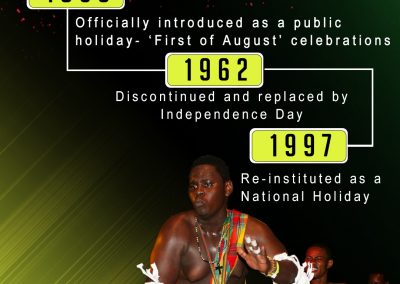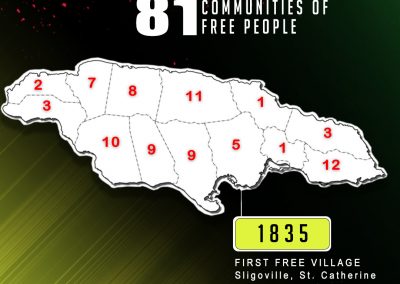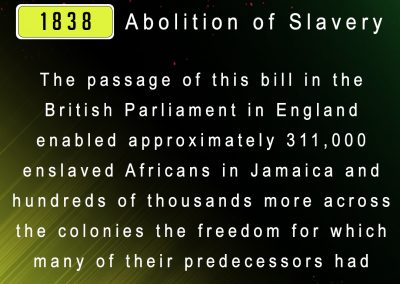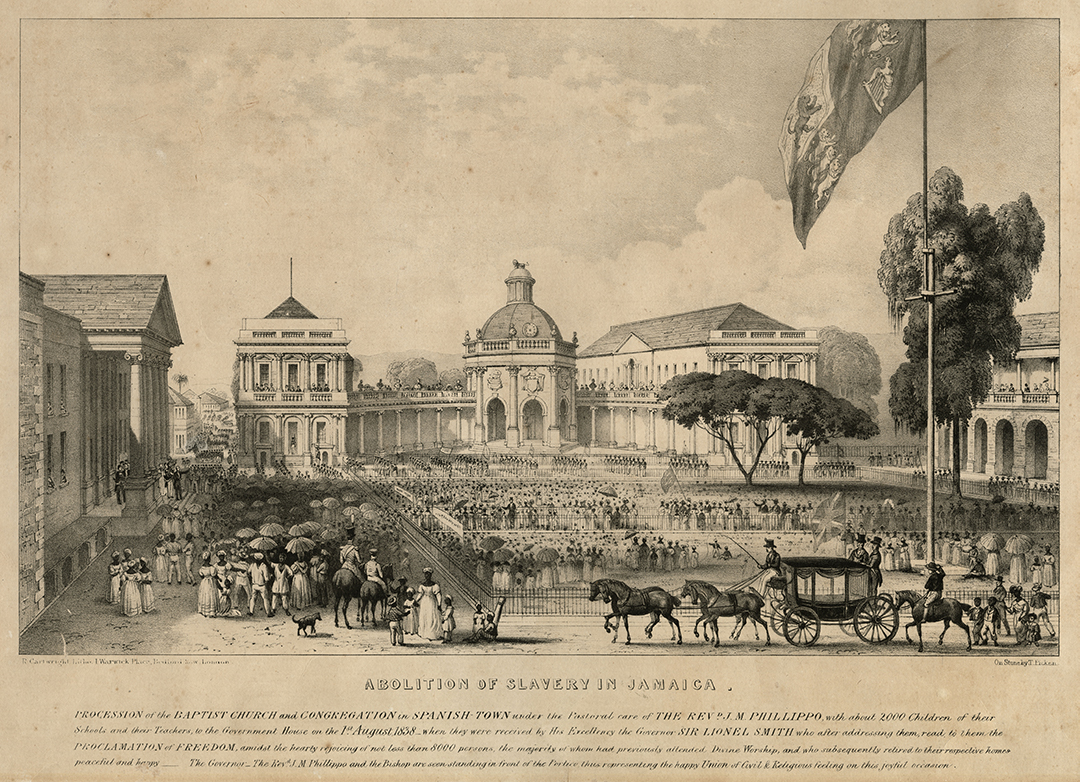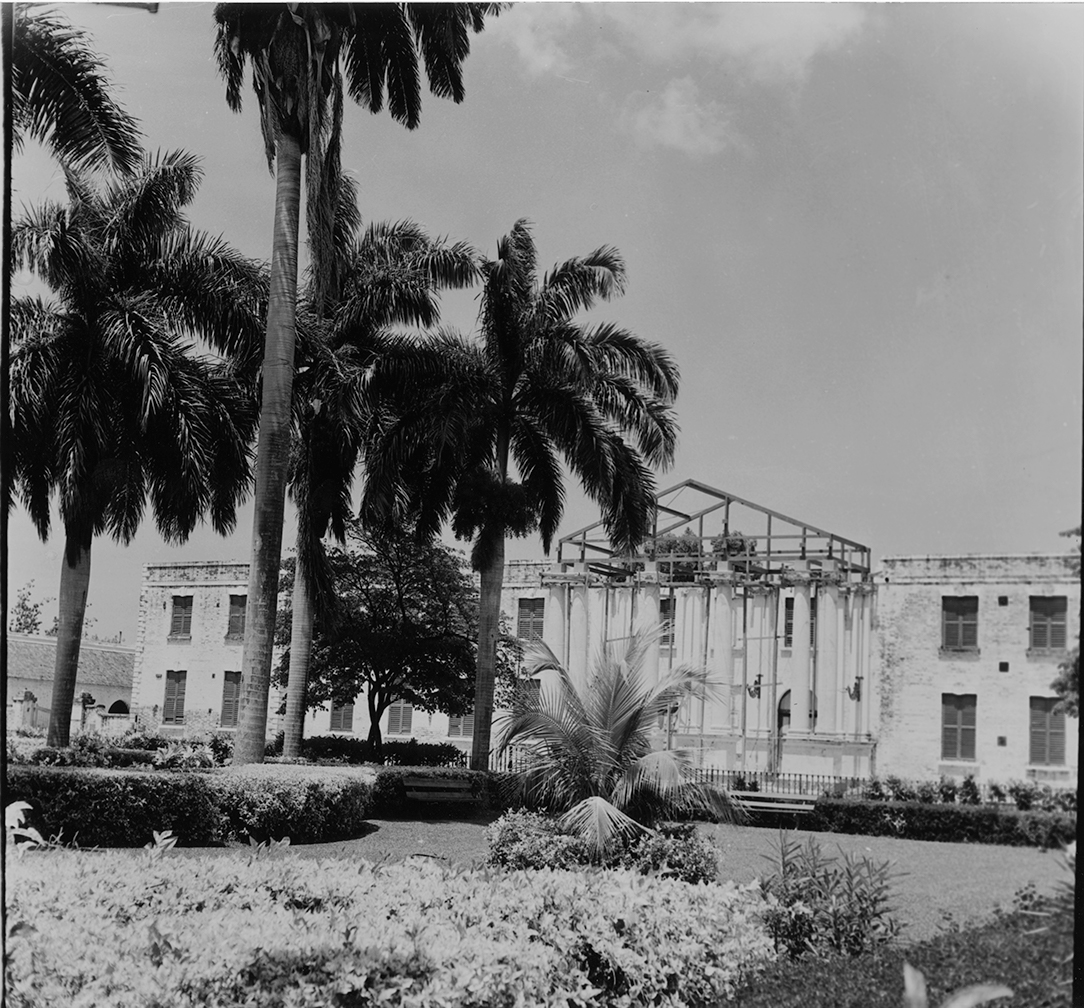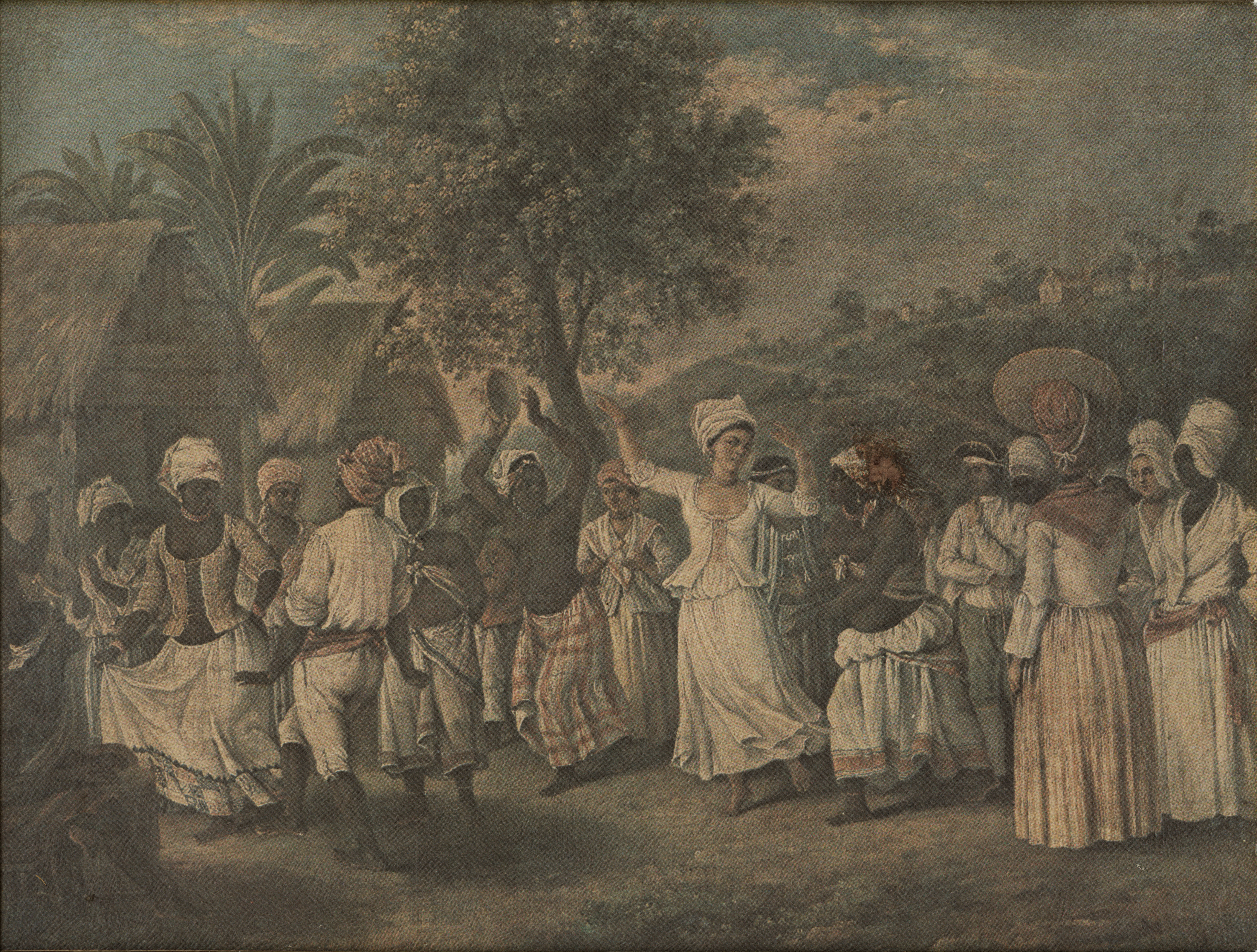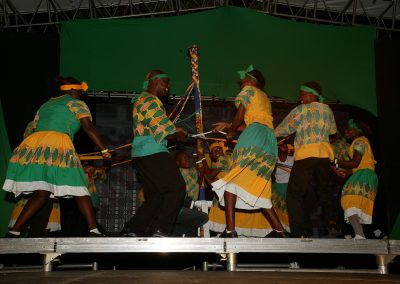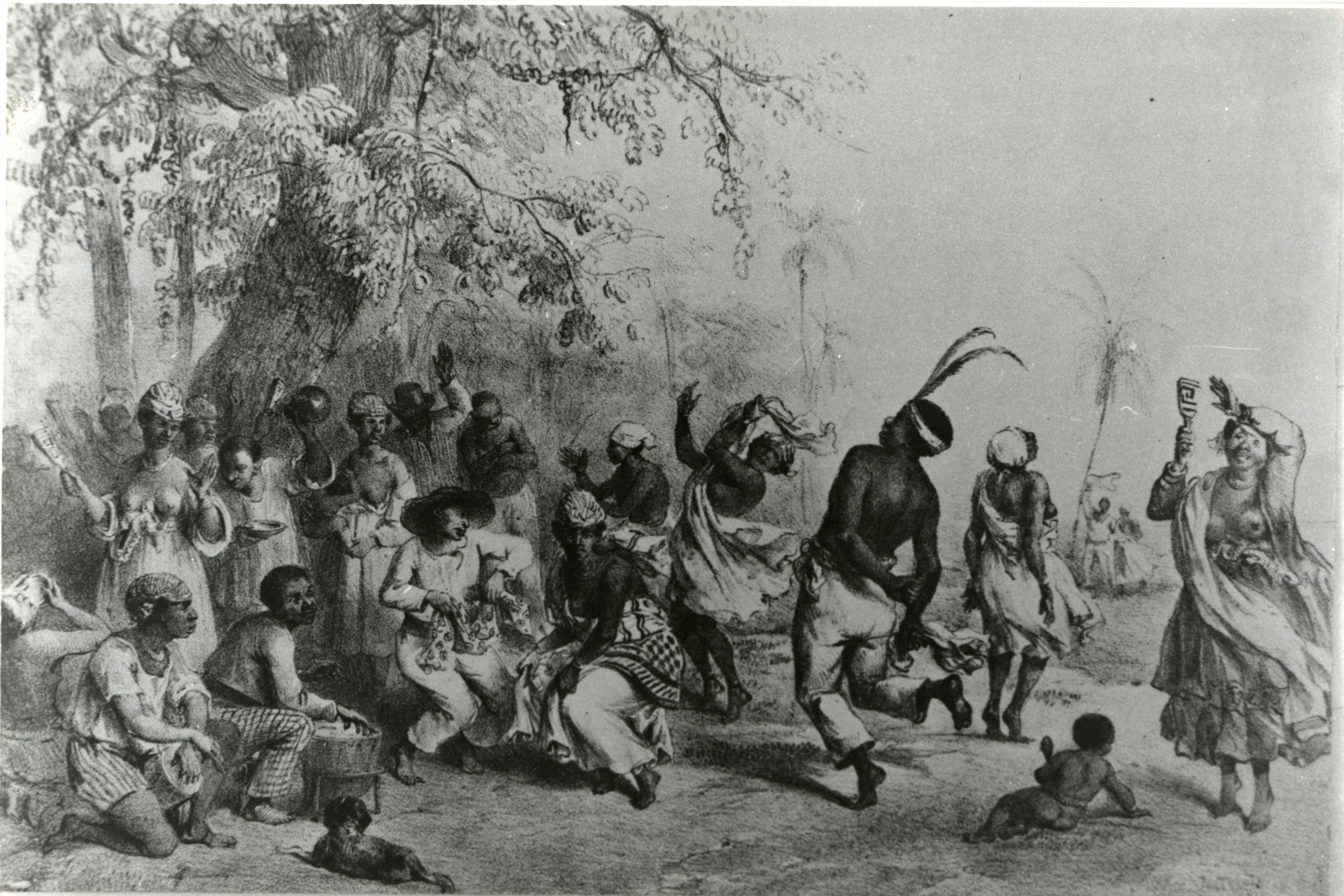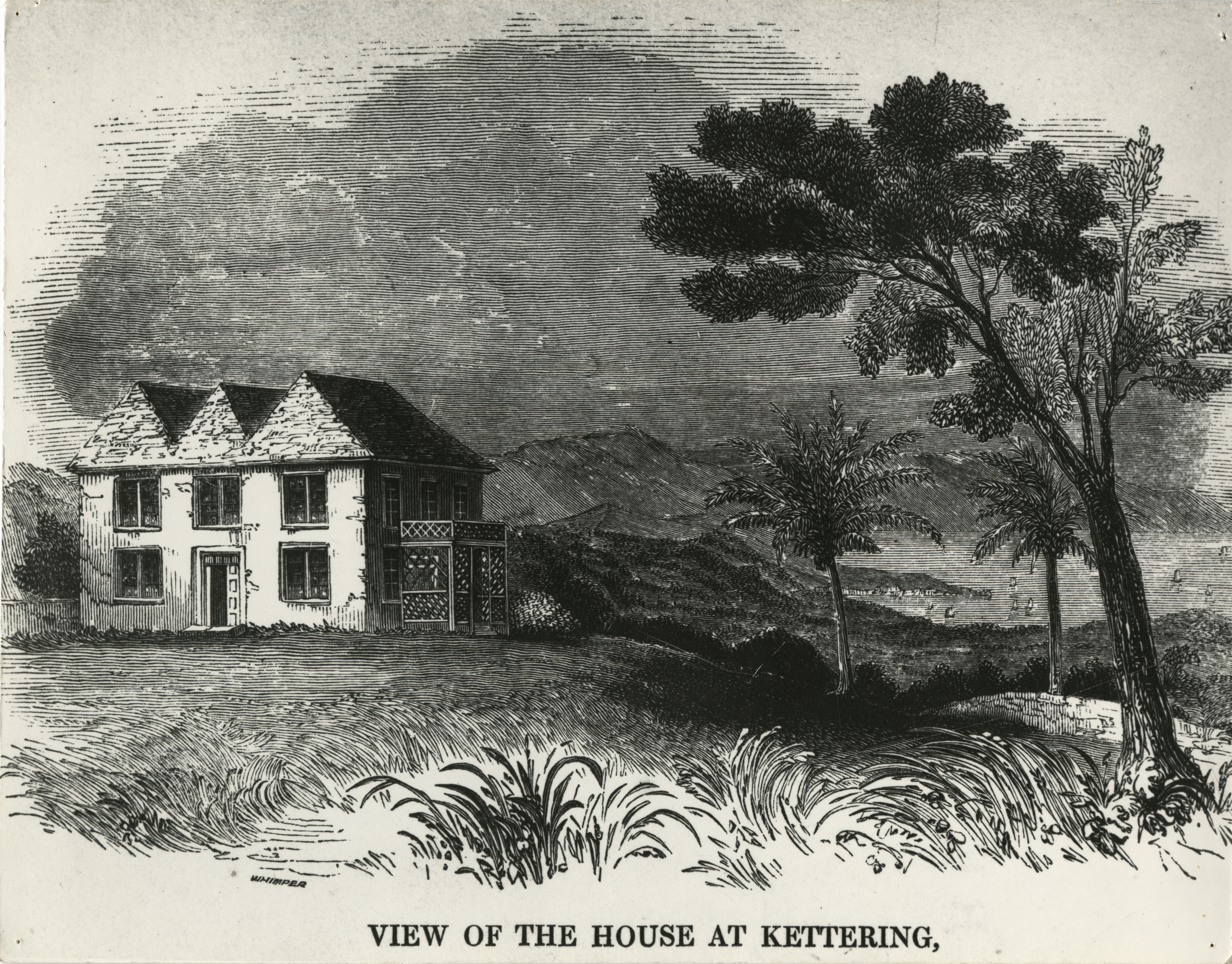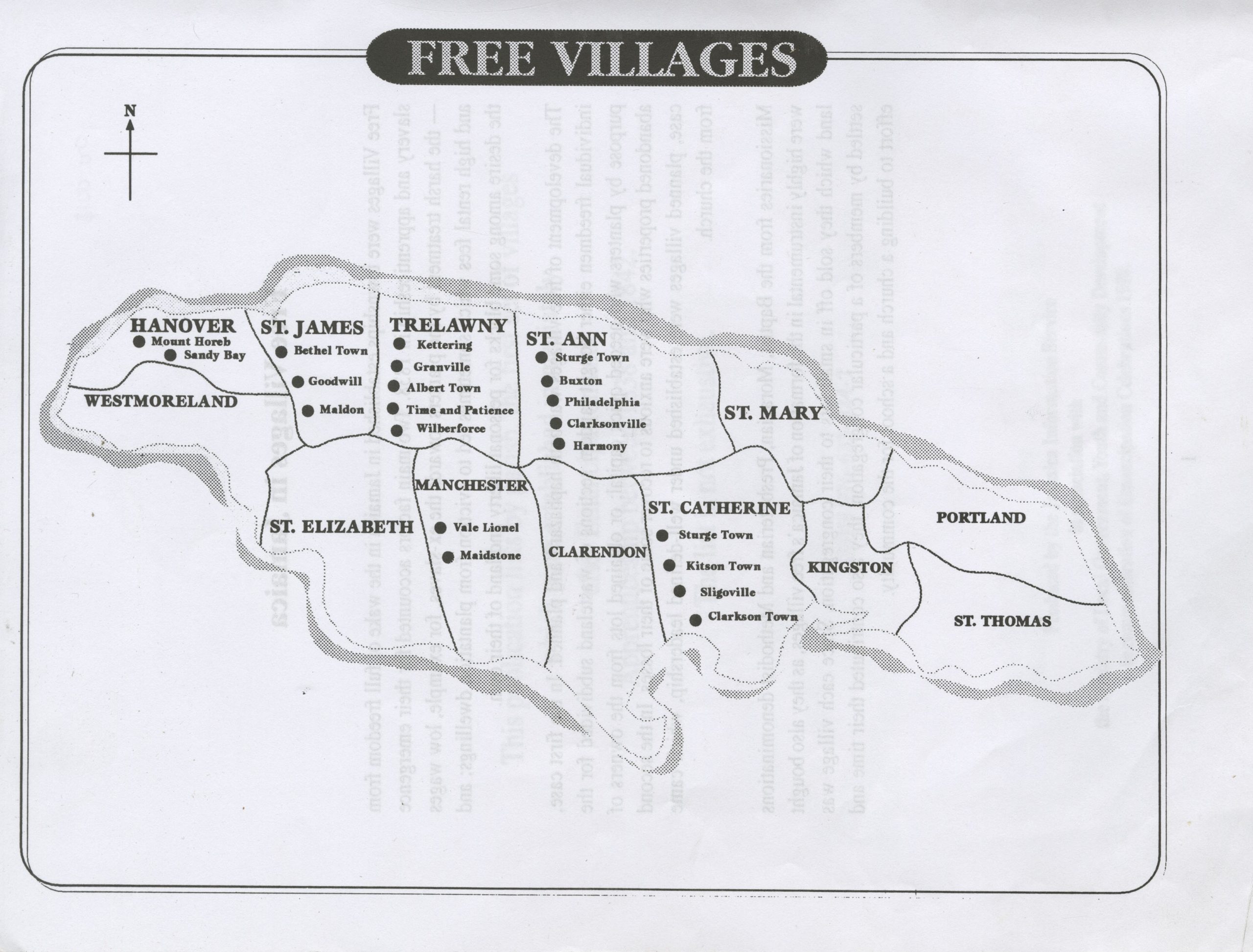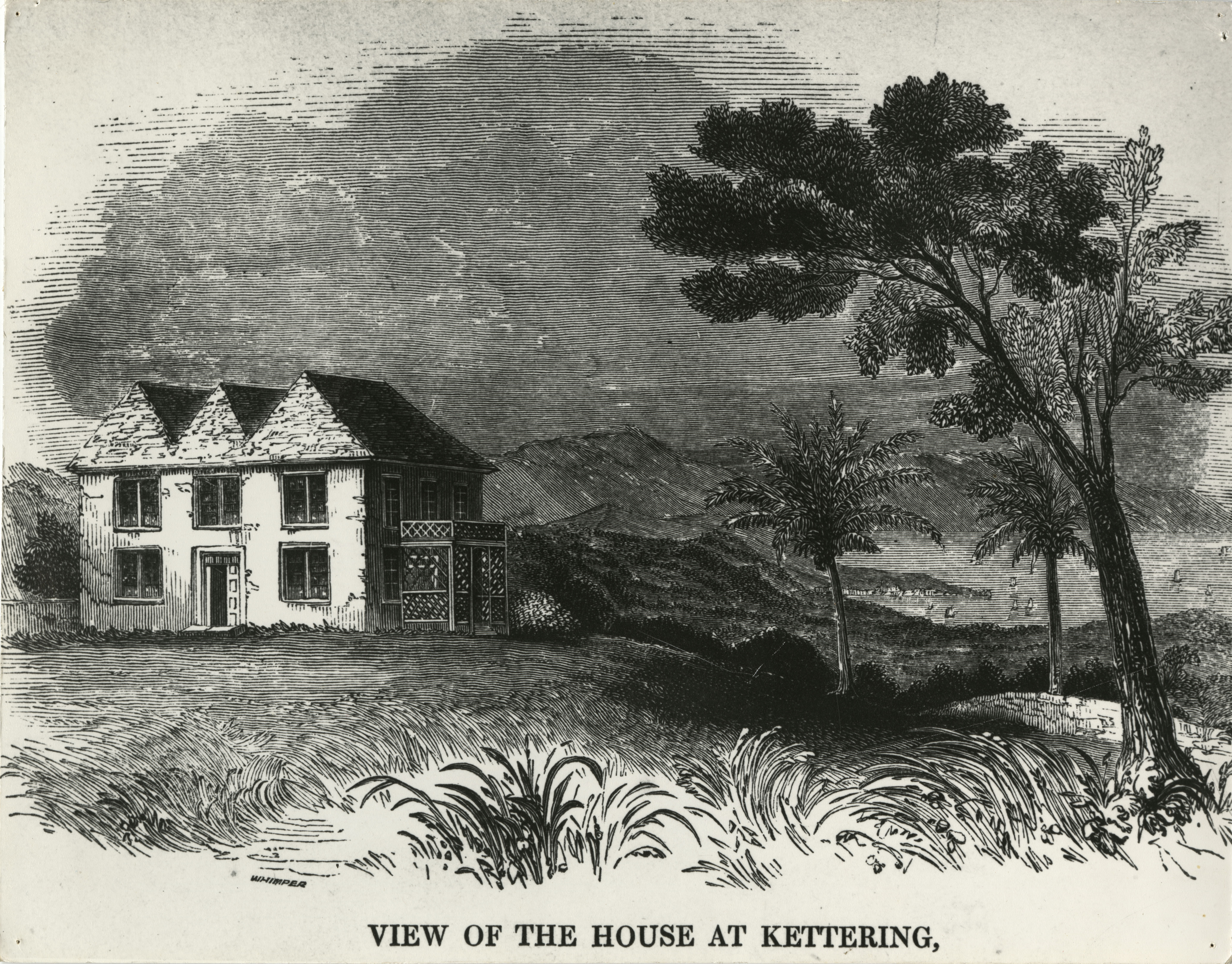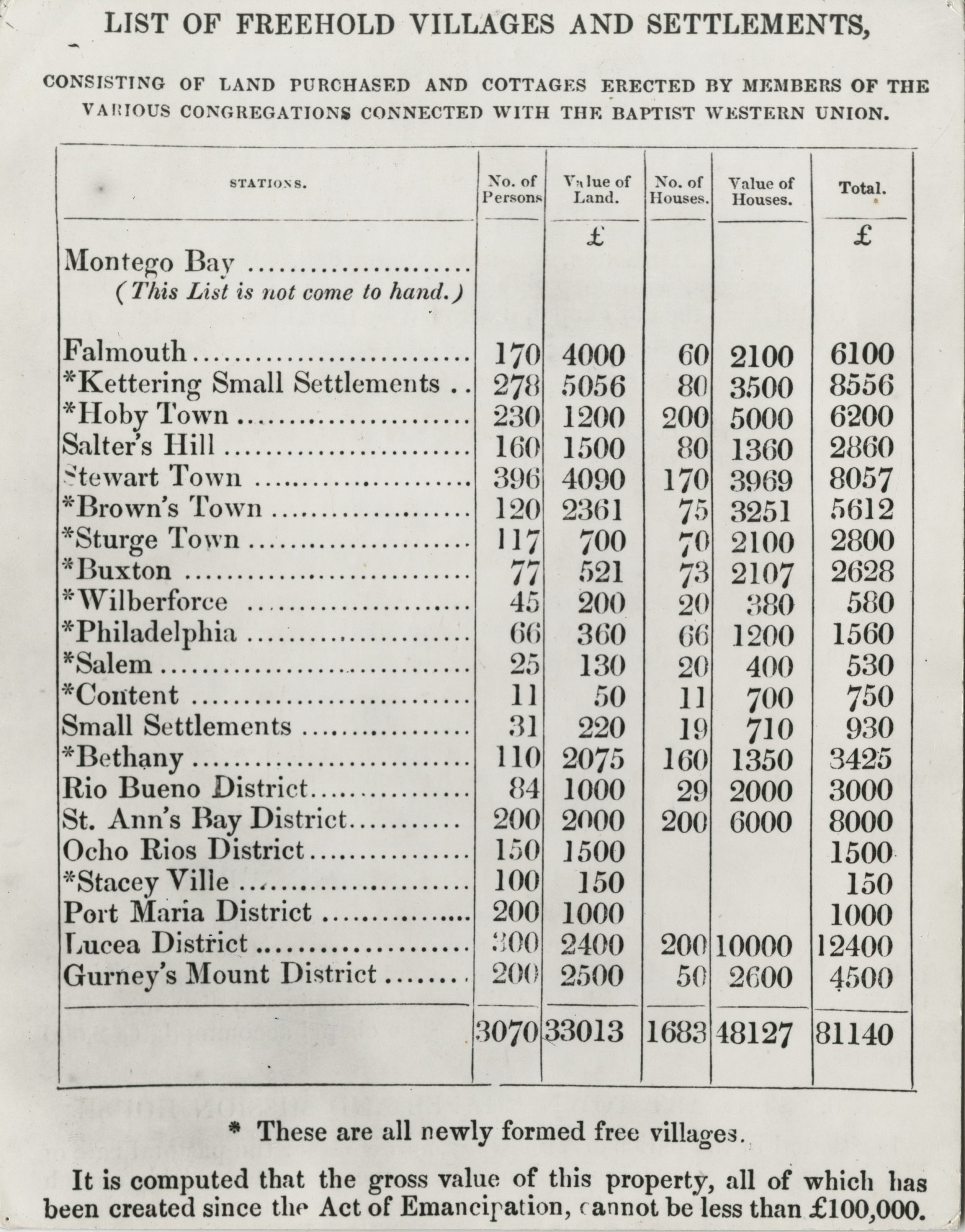EMANCIPATION EXHIBITION
From Slavery to Emancipation: A Brief look at Emancipation in Jamaica
Background of Emancipation
The passing of Emancipation Acts was said to be a “slow, drawn-out process” (Beckles and Shepherd 206). However, it is believed that August 1, 1834 marked a special day for Africans in British colonies as it was the day, they received freedom from slavery. In Jamaica, however, the Emancipation Declaration was read from the steps of the Old Kings House building, which was in Spanish Town, St Catherine at the time; this was the country’s capital.
The Bill for the Abolition of Slavery
The bill for the abolition of slavery in British colonies received the royal assent on August 28,1838. It stated:
“Be it enacted, that all and every one of the persons who on the first day of August one thousand eight hundred and thirty four, shall be holden in slavery within such British colony as aforesaid, shall, upon and from and after the said first day of August, one thousand eight hundred and thirty-four, become and be to all intents and purposes free and discharged from all manner of slavery, and shall be absolutely and forever manumitted.”
The passage of this bill in the British Parliament in England enabled approximately 311,000 enslaved Africans in Jamaica and hundreds of thousands more across the colonies the freedom for which many of their predecessors had fought and died. However, the Africans did not receive full freedom until four years later, as all slaves over six years old were subjected to a mandatory six-year period of apprenticeship. The ex-slaves would work without pay for their former masters for three-quarters of the week (40 hours), in exchange for lodging, food, clothing. medical attendance and grounds on which they could grow their own provisions. They could also, if they chose, hire themselves out for additional wages during the remaining quarter of the week. With this money, an ex-slave could then buy his freedom.
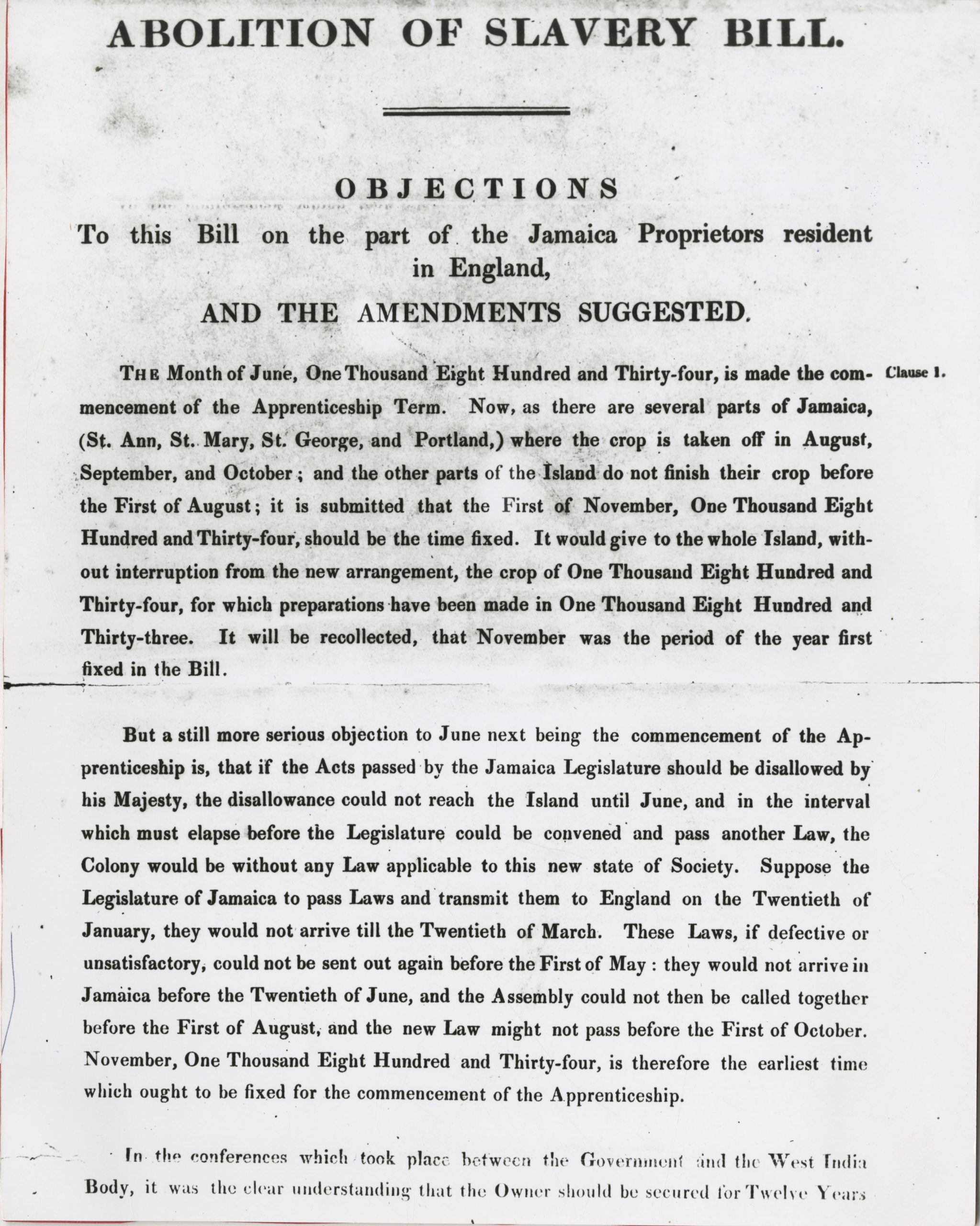
Image of the Bill (Photographs Collection 28647)
Emancipation Day as a National Holiday
Emancipation Day was officially introduced as a public holiday in Jamaica in 1893. The ‘First of August’ celebrations, however, were discontinued in 1962, this was when Jamaica gained its independence. It was then replaced by Independence Day, which was then observed on the first Monday in August. Emancipation Day was later re-instituted in 1997 by then Prime Minister the Honourable Percival James (PJ) Patterson as a national holiday, which was celebrated on August 1.
Images of Emancipation Celebration in Jamaica (D0004640, D0004635, D0004803, D0002632)
One Great Impact of Emancipation in Jamaica:
· It Led to the Growth of Free Villages in Jamaica
What are Free Villages?
Free villages were the result of full emancipation in Jamaica in 1838 and can be described as settlements that were established across the island as a result of gaining full freedom from slavery and apprenticeship.
Factors that Resulted in the Rapid Growth of Free Villages
Several factors were responsible for the rapid growth of free villages in the country. These factors include but are not limited to, the harsh treatment by the plantocracy towards the former slaves or enslave Africans. These factors included low wages and high rental costs, which sometimes led to eviction from plantation dwellings; and, the strong desire among blacks for individual freedom and to have land of their own.
How Free Villages were Formed
The establishment of free villages took two main forms.
· Some emerged haphazardly when groups of freed individuals came together.
· Others came about when individuals bought land and then subdivided it among themselves.
In the last instance, planned villages were established under the well-defined leadership of the church. Missionaries from the Baptist, Moravians, Presbyterian and Methodist denominations were highly instrumental in the formation of Jamaica’s free villages, as they also bought land which they sold off in small lots to their congregation. Since each village was settled by members of a congregation, they also built a church and a school for the community as well.
What the Establishment of Free Villages did for the Individuals who were Enslaved?
The establishment of free villages gave the former enslaved Africans the freedom to explore their newly won rights resulting from emancipation. They now had access to land of their own. They were free from restrictions and control of the plantocracy to plant their crops and rear their families by themselves. It could be said that the free villages, gave the emancipated the first opportunity to explore real freedom in the island.
A Look at Some of the Free Villages
Sligoville, St. Catherine
Sligoville is one of several communities which are steeped in the rich cultural heritage of the island. Established in 1835, it was the first of several free villages formed after emancipation. This free village was named after Howe Peter Brown, 2nd Marquis of Sligo, then governor of the island from 1834-1836.
Maidstone, Manchester
This is a small historic village in the cool hills of north-western Manchester; it was originally a coffee plantation. The township was created as Maidstone, a free village, in 1840 by the Moravians to settle former enslaved African displaced after emancipation. The estate comprised 341 acres but when it was purchased it was subdivided into 98 lots ranging in size from 1-15 acres.
Sturge Town, St Ann
Baptist missionary the Reverend John Clark was primarily responsible for the establishment of the free village of Sturge Town. Established in 1839, Sturge Town has the distinction of being Jamaica’s second-oldest free village. The town was named in honour of Joseph Sturge, the
architect of the campaign against West Indian apprenticeship. Sturge also lent Reverend Clarke 400 pounds to purchase the land. Sturge Town was once known as Mount Abyla.
Time and Patience, Trelawny
After August 1, 1838, this plot of land was eventually chosen for a Free Village, the persons to whom the lands were granted named it “Time and Patience” in recognition of their strength and resilience. For them, time and patience did indeed work wonders.
Stony Gut, St Thomas
Stony Gut was the home of National Hero Paul Bogle, and the origin of the Morant Bay Rebellion of 1865, which had significant political consequences for the country. It is also one of several independent free villages which emerged after emancipation.
nsert Map Highlighting the Free Villages in each Parish (Free Villages in Jamaica Pamphlet P. 2)
Image showing the view of the house at Kettering-D0004312
Image of a List of Freehold Villages and Settlements- Photographs Collection-15343
Would like to know more?
Would you like to set up an exhibition with us?
